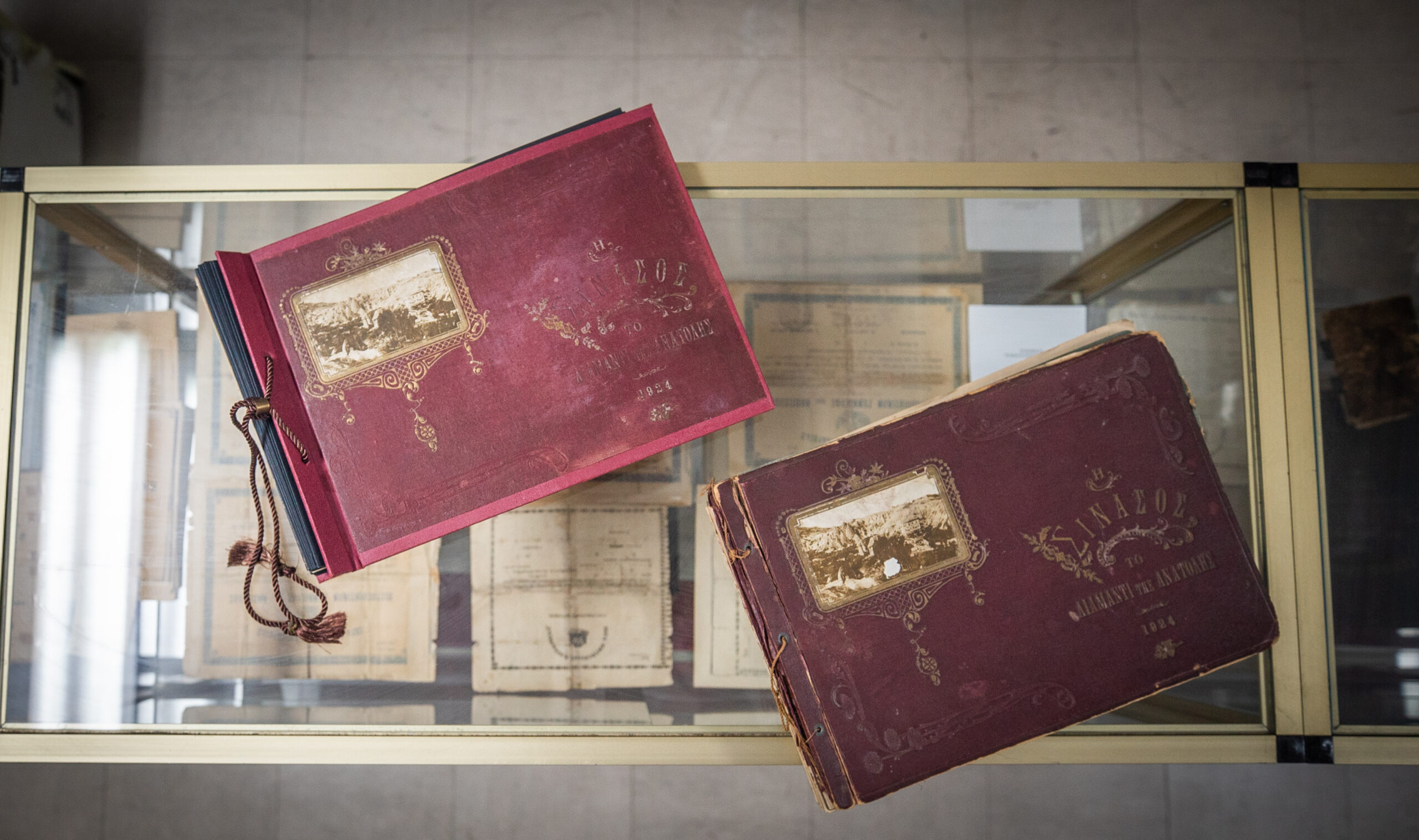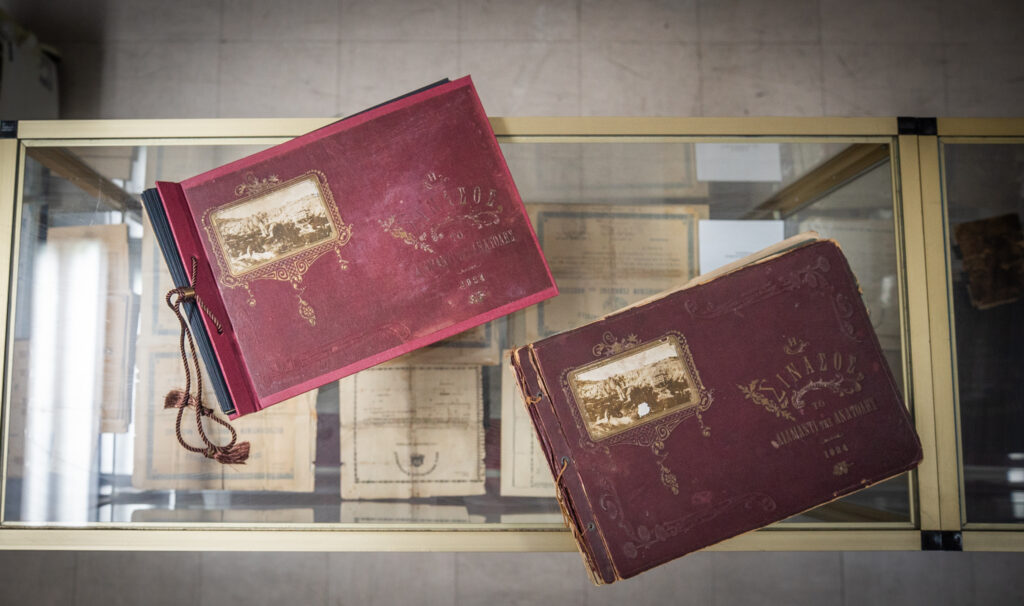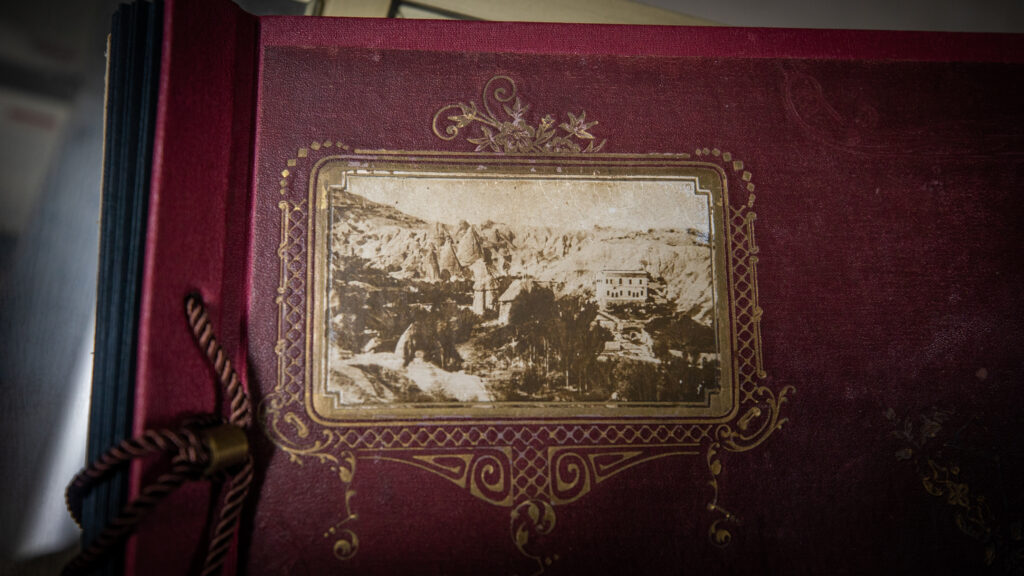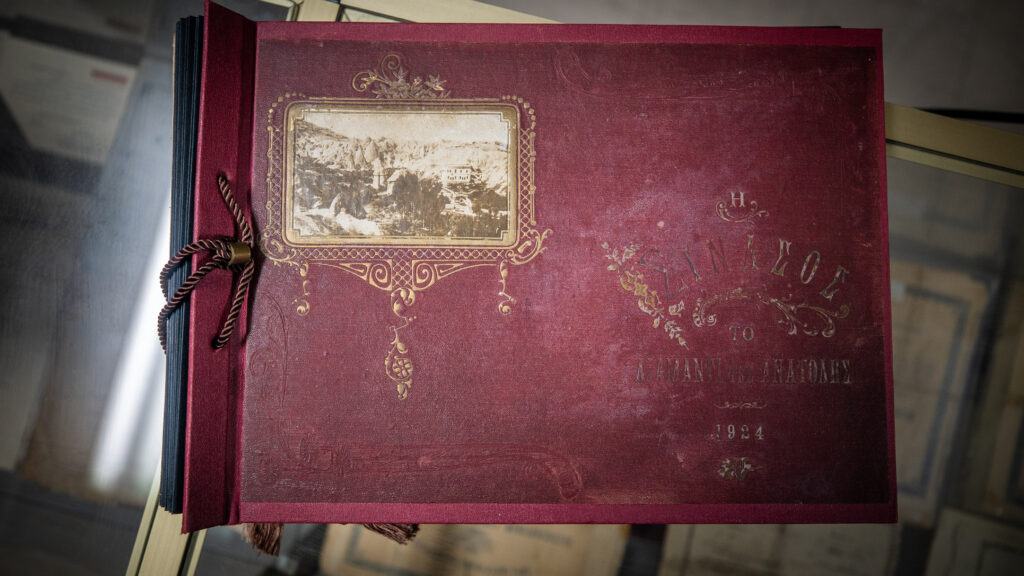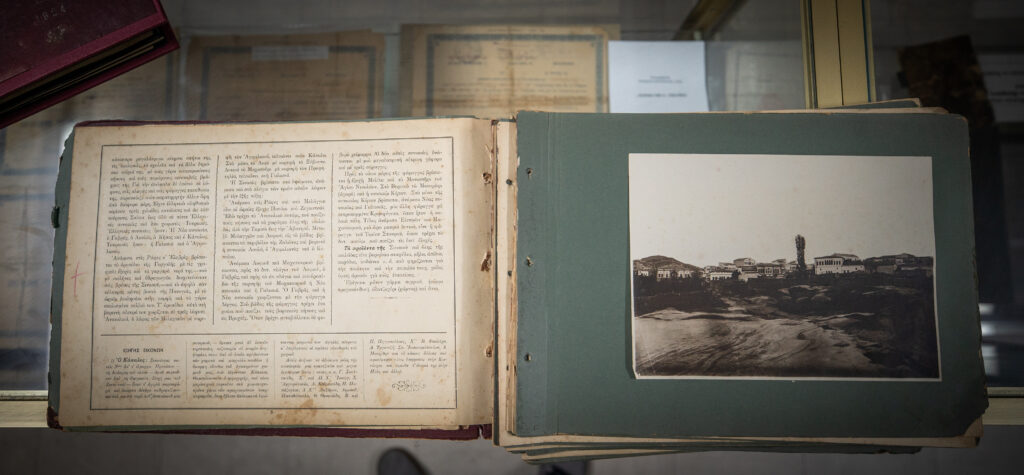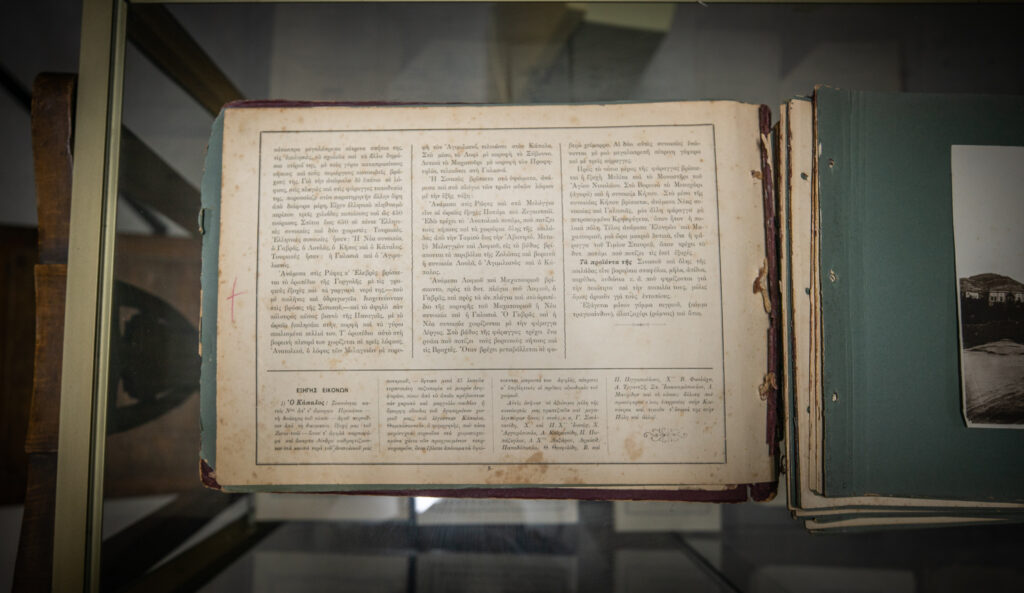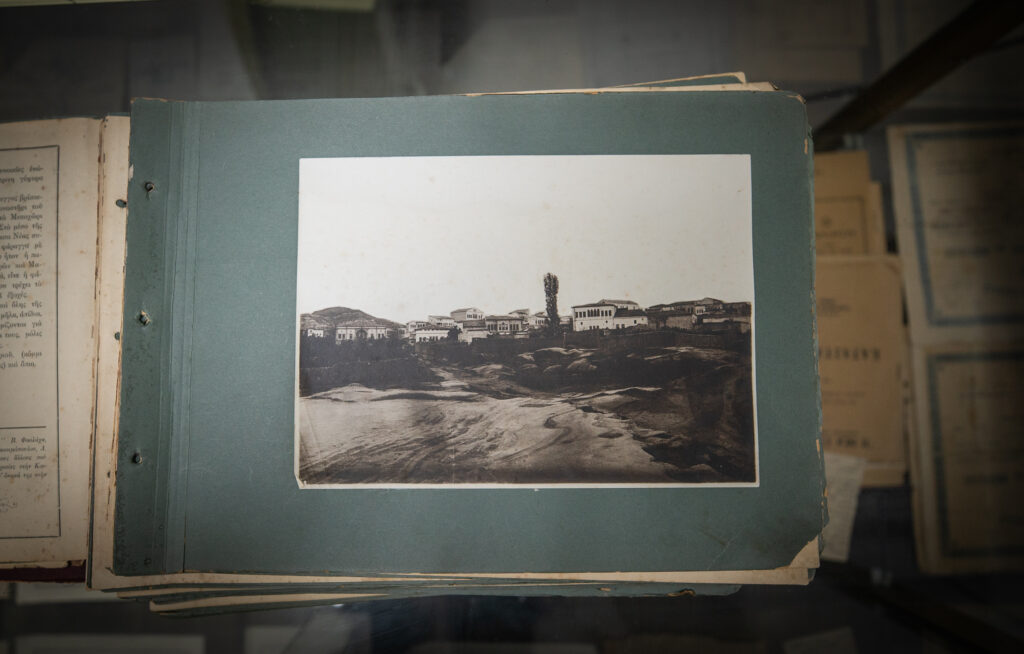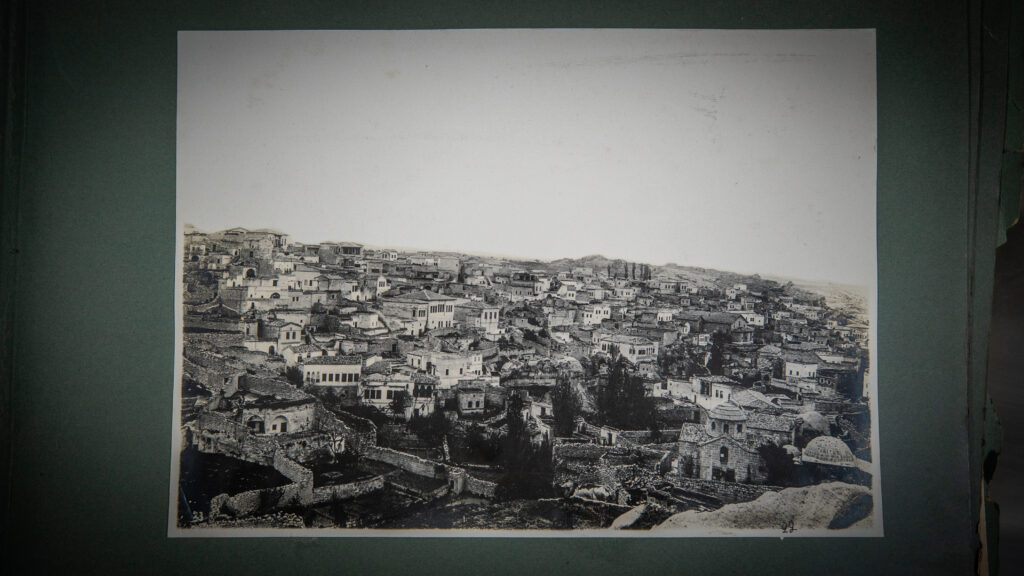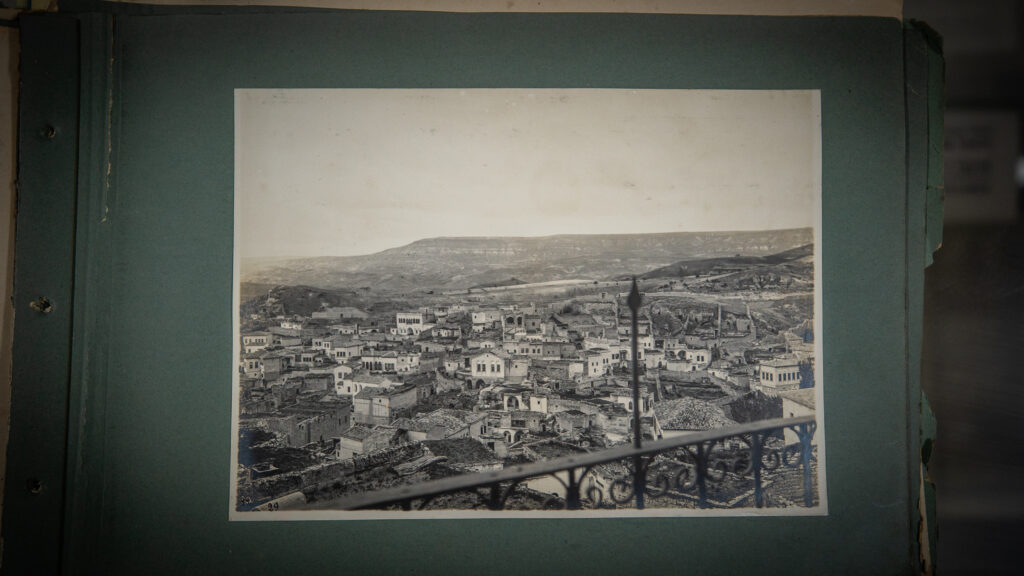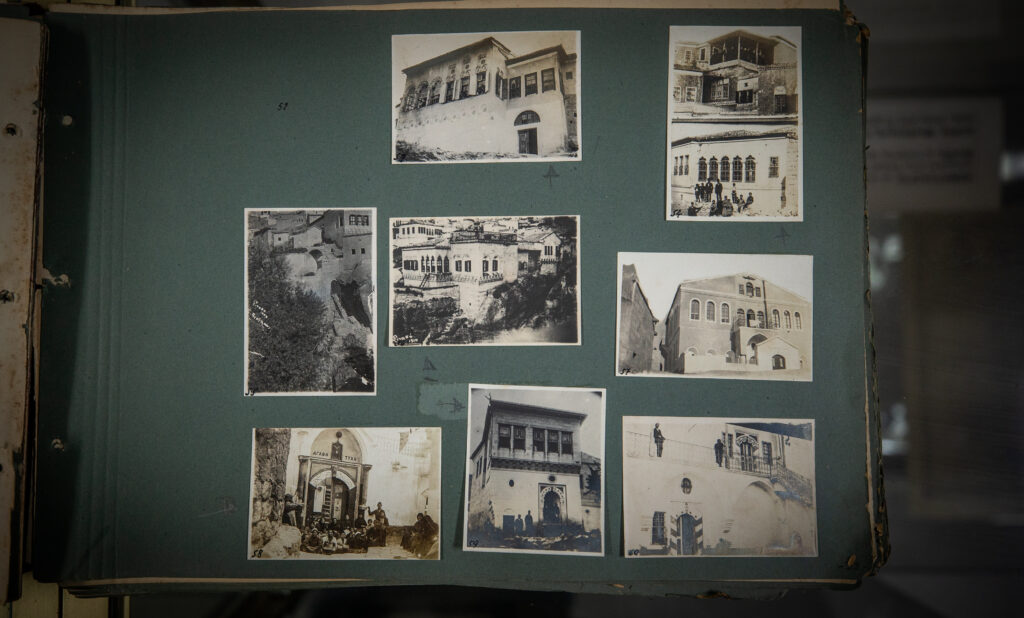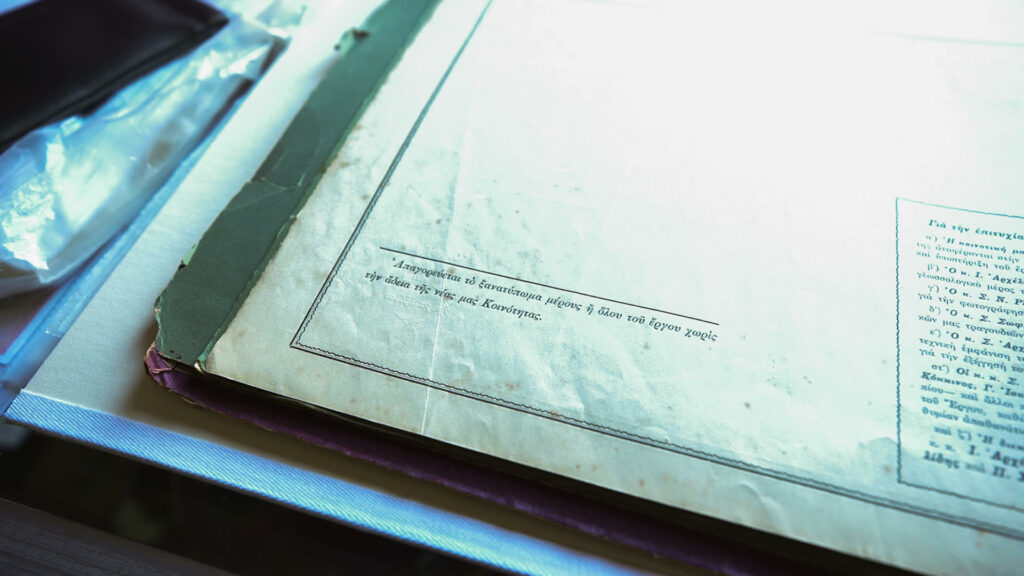The town of Sinasos in Cappadocia is located in the Kaisareia (Kayseri) Province of the Patriarchate of Constantinople at latitude 38º 45΄ north and longitude 32º 40΄ east of the Paris meridian, or 34º 57΄ east of the Greenwich meridian. On October 2, 1924, in compliance with the terms of the Lausanne Treaty, the residents of Sinasos left their homes and their homeland for Greece. They were ‘exchangeable’ refugees, so they were aware that neither they nor their families would be allowed to return. As a result, their exodus was not an abrupt, traumatic event, but rather a long, co-ordinated farewell. The residents of Sinasos had known they would have to leave since the signing of the population exchange treaty; they just had to wait for the particulars and the date of their departure.
Although their story is typical of the population exchange process, one detail sets Sinasos apart. Before their departure, the residents of Sinasos, supported by their local council, photographed their houses and their community. This material travelled with them or ahead of them, first to Constantinople (Istanbul) and then, finally, to Athens where the photo album Sinasos of Cappadocia was published at the end of 1924. This album is a conscious attempt to preserve the past, i.e. the history, the traditions, and the collective memory of a community which does not exist anymore. The photographs coming from ‘there’ and the short texts written by the refugees in their new ‘here’ constitute an endeavour to reconstruct their old communal life, from its history and architecture to the local dialect and the songs they used to sing.
Through exhaustive documentation and the publication of this photo album, the people of Sinasos attempted to preserve the history of a place that would never again exist in the same form. As Christos Chatziiosif points out, by citing the geographical coordinates of Sinasos with mathematical accuracy, the people of Sinasos attempt to compensate for the ambiguity of their hometown’s position on the historical space-time continuum. Every member of the community received an original print of the album and the refugee association ‘Nea Sinasos’ reprinted it regularly over the decades that followed.
This album is more than a book. For the people of Sinasos who experienced the exodus, it is a living part of their home, while for their descendants it is a way to learn about their past and their place of origin. For historians, this album is valuable historical evidence, not just because of the information it provides, but because it reveals the historical perception and perspective of its creators, as they set out to document the history of a place and a community that would soon cease to exist in that particular form. It is a precious object despite the fact that it did not actually come from the homeland, but was instead made ‘here’ in order to preserve the history of a ‘there’ that was left behind, highlighting the multiple dimensions an object can acquire through the course of its ‘life’.
